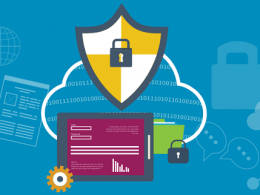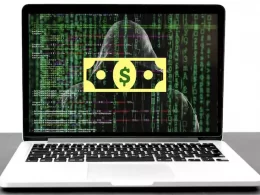Cyber security threats pose a serious threat to businesses today. With the increasing automation of attacks by attackers, it’s getting easier and easier for them to target hundreds of businesses at the same time.
There can be many security holes in your business, such as less awareness of threats, less stringent technological defenses, and less time and effort dedicated to security in order to protect yourselves. As a result, businesses can become an easier target for hackers.
This article will briefly confer the top 3 biggest security holes in your business:
Phishing Attacks
In today’s business world, phishing attacks are the biggest, most damaging, and most widespread threat businesses are facing. Approximately 90% of all breaches companies experience can be attributed to phishing scams. The number of phishing scams has increased by 65% in the last year, resulting in over $12 billion in business losses. A phishing attack entails the creation of false identities and enticing a person into clicking an unwanted link, downloading a malicious file, or giving them sensitive information, account details, or login credentials by pretending to be a trusted contact.
In recent years, phishing attacks have become increasingly sophisticated, with attackers becoming more convincing in their attempts to appear as legitimate business contacts by pretending to be trusted sources. As opposed to technological weaknesses, Phishing Attacks rely on social engineering techniques to target humans in an organization rather than technological vulnerabilities.
2. Ransomware
Every year, thousands of businesses are hit by ransomware attacks, one of the most common forms of cyber-attack. The number of these attacks has only grown over the past few years because they are one of the most lucrative types of attacks. An example of ransomware is malware that encrypts data from a company so that it can’t be accessed or used, forcing the company to pay a ransom to unlock that data. Business owners are forced to select between paying the ransom and losing huge sums of money or crippling their services with data loss.
According to reports, 71% of ransomware attacks occur against small businesses, with an average amount of ransom being $116,000 for each attack. Typically, attackers target smaller businesses, as they know that companies with less than 100 employees are less likely to pay a ransom for their data, as they know they need to be up and running as soon as possible.
3. Malware Attacks
Businesses are also at risk from malware attacks, one of the biggest threats they face. In addition to trojans and viruses, it also encompasses various other forms of cyber threats. As a result of an increase in hackers creating malicious code to gain access to networks, steal data, or destroy data on computers, malware is the term for malicious code. The majority of malware is downloaded through malicious websites, spam email attachments, or connections to other infected computers or devices.
Small businesses are notably vulnerable to these attacks because they can cripple their devices, which means that expensive repairs or replacements are needed to repair them. Additionally, they can be a back door for attackers to gain access to data, putting the safety of customers and employees at risk.
Conclusion
Currently, businesses are facing these types of threats. As a business owner, you are responsible for ensuring that your company is protected from these threats by installing an effective set of security tools and educating your employees about security issues.











